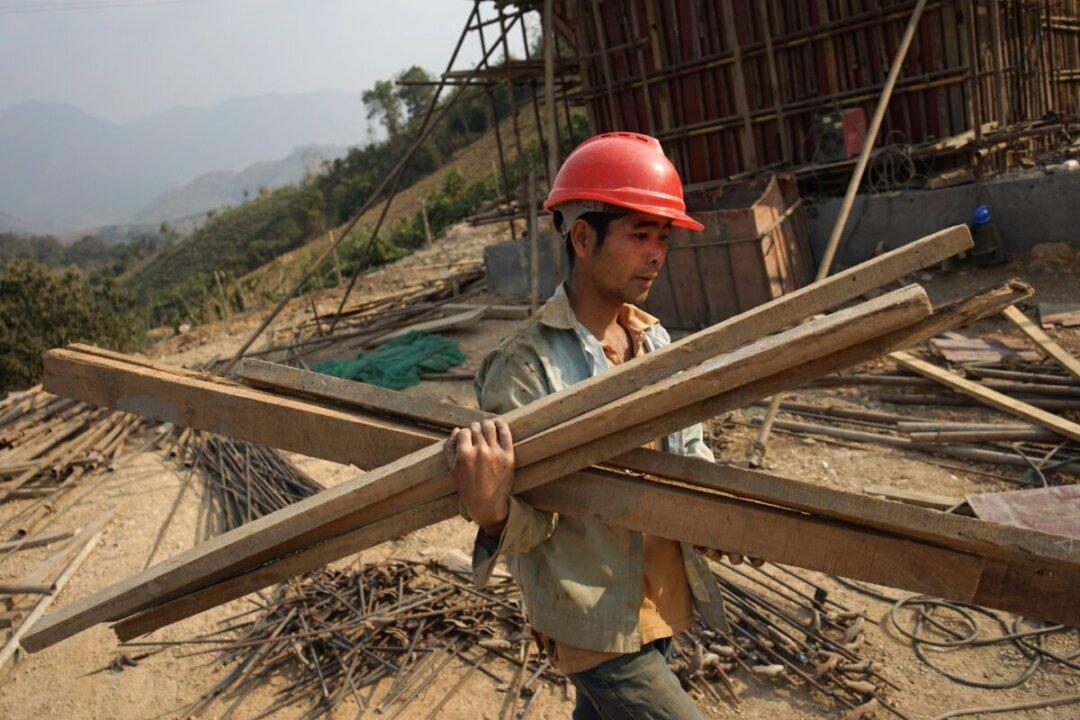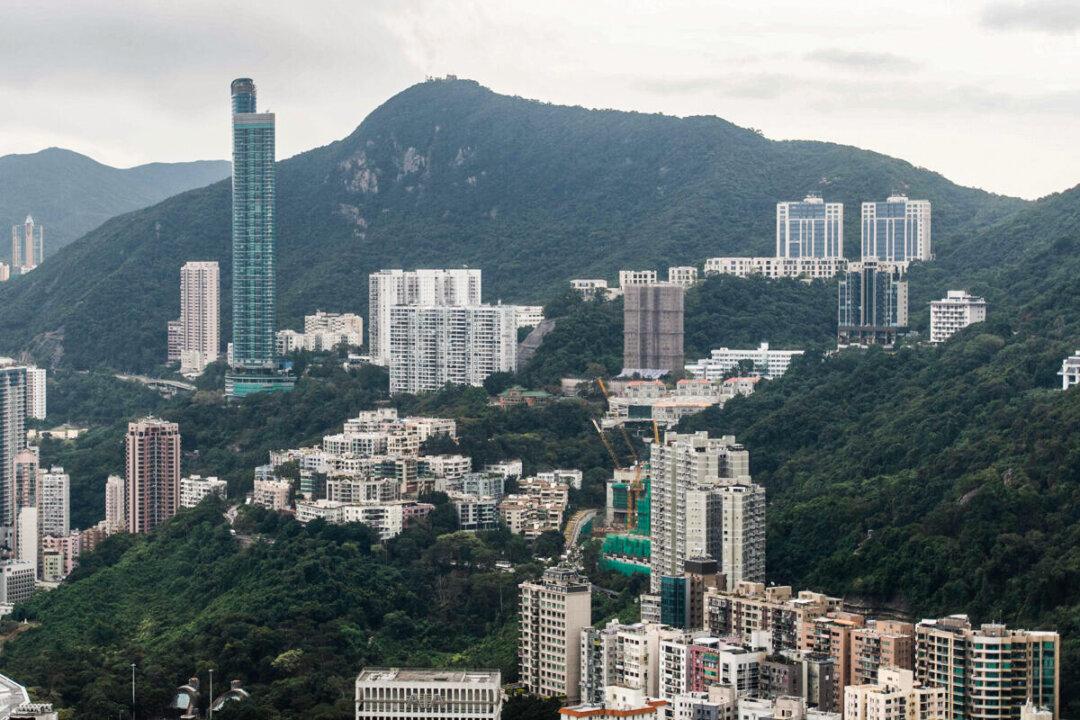China’s Belt and Road Initiative has resulted in debt traps for a number of countries. Laos may have just joined the list with the opening of the China-Laos railway on Dec. 3.
Countries such as Kenya and Ethiopia are already struggling to repay China’s Belt and Road loans, while Laos, a landlocked country, still has great expectations for the Beijing-initiated railway project, hoping that it will energize its agriculture-based economy.





